Aortic Dissection Risk Factor
Bicuspid Aortic Valve
The heart, performs tirelessly, pumping blood throughout our bodies. However, sometimes, its components may not form typically, leading to conditions like Bicuspid Aortic Valve (BAV). BAV affects a significant portion of the population, and understanding it is crucial for early diagnosis and effective management.
A BAV is a congenital heart defect impacting the aortic valve, the crucial one-way gate between your heart and your aorta. Under normal circumstances, the aortic valve comprises three cusps, or leaflets, which play a pivotal role in regulating the blood flow from the heart to the aorta. In the case of BAV, however, this valve is formed with just two cusps.
Up to 1 in every 50 people may have a bicuspid aortic valve.

1 in 3 people with a bicuspid aortic valve experience complications.
Bicuspid aortic valve is the most common congenital cardiac abnormality worldwide.
These cusps are designed to open and close with precision, ensuring that the oxygen-rich blood flows in the right direction: from your heart into your aorta, without the risk of backflow into the heart. In their optimal state, the flaps open fully to allow an unimpeded flow of blood out of the heart, snapping shut to prevent any backward movement.
The anomaly of having just two flaps instead of the usual three complicates the valve’s functioning. This structural difference can predispose individuals to valve-related diseases, such as aortic regurgitation, where the valve fails to close properly, leading to blood leakage back into the heart, or aortic stenosis, characterised by the narrowing of the valve, impeding blood flow from the heart to the aorta. Furthermore, individuals with this condition frequently experience aortopathy, which involves aortic dilation and is often linked with BAV. This can progress to more severe complications, including aortic aneurysm, dissection, and rupture, highlighting the importance of vigilant monitoring and timely intervention to manage the potential complications arising from a bicuspid aortic valve.
Genetics

The Link Between Genetics and Bicuspid Aortic Valve
The occurrence of a bicuspid aortic valve often traces back to familial patterns, suggesting a genetic predisposition. If you have relatives with this condition, especially immediate family members like parents, children, or siblings, it’s prudent to discuss this with your GP. They may recommend specific tests to assess your heart’s structure and functionality.
For those diagnosed with a BAV contemplating starting a family, a consultation with your healthcare provider is essential. While it’s not possible to prevent the condition from being passed on, early monitoring during pregnancy can help in the early detection of any potential issues.
Ongoing research aims to unravel the genetic complexities behind this heart defect. Although it’s recognised as hereditary, the exact genetic mechanisms and mutations involved remain under investigation, highlighting the need for further study to fully understand this condition’s genetic cause.
Bicuspid Aortic Valve Symptoms
BAV often remains unnoticed, with many unaware of their condition for years. Symptoms, when they do appear, are usually linked to complications like aortic regurgitation or stenosis.
Symptoms in Adults
Many with BAV may not exhibit symptoms initially. However, signs like shortness of breath, chest pain, or fatigue can emerge. Diagnosis typically involves echocardiograms, identifying the valve’s abnormal structure.
Fatigue
A common sign, often overlooked
Chest Discomfort
Pain or discomfort in the chest area
Dizziness or Fainting
Sudden, unexplained episodes
Heart Palpitations
An uncomfortable awareness of the heart beating
Shortness of Breath
Especially noticeable during physical exertion
Symptoms in Children
In younger patients, BAV might be more asymptomatic but could lead to complications later in life. Older individuals may experience more pronounced symptoms and are at higher risk for associated conditions like aortic stenosis.
Easily Fatigued
Quicker to tire during play or activity
Chest Pain
Uncommon in children, but a possible sign
Fainting
Sudden and unexplained
Pale Skin
Can indicate reduced blood flow
Breathing Difficulties
Struggling for breath, particularly during feeding for infants
Aortic Dissection

The Connection Between BAV and Aortic Dissection
The relationship between a Bicuspid Aortic Valve and aortic dissection is a critical aspect of cardiovascular health that warrants close attention. BAV not only affects the valve’s structure but can also have broader implications for the aorta’s integrity, particularly increasing the risk of aortic dissection in certain individuals.
Individuals with a BAV are at an increased risk for developing aortic dissection compared to those with a normal tricuspid aortic valve. The altered hemodynamics and the associated abnormal shear stress on the aorta in BAV patients can lead to changes in the aortic wall’s structure and function over time. This can result in aortic dilation, a known risk factor for aortic dissection.
Moreover, the association of BAV with other connective tissue disorders, which themselves can weaken the aortic wall, further compounds the risk. BAV can coexist with conditions like aortic aneurysms, which are bulges in the aorta that can increase the likelihood of dissection.
Management & Treatment
Monitoring
Management
Management strategies may involve medical therapy to control blood pressure and reduce stress on the aorta, lifestyle modifications to avoid activities that could acutely raise blood pressure, and in some cases, surgical interventions. These options could include repairing or replacing the bicuspid valve and addressing aortic aneurysms to prevent dissection.
Early Detection
Research and Future Directions
Bicuspid Aortic Valve research is continuously expanding, with investigations delving into genetic predispositions, refining diagnostic methodologies, and enhancing surgical interventions. This progressive insight is setting the stage for improved management strategies and treatment outcomes for BAV patients in the years ahead.
Adding a cutting-edge dimension to this field, the aortic biomechanical research team at the University of Liverpool, known as LABB, is pioneering efforts to tailor aortic disease management more personally. Their work is pivotal in navigating the complex clinical decisions surrounding intervention timings, particularly for individuals with congenital valve conditions.
By adopting a more data-centric approach to understanding aortic dilation, LABB aims to equip clinicians with the tools necessary for making informed, patient-specific decisions regarding treatment paths. This bespoke approach signifies an important step forward in addressing the nuanced needs of those with BAV and related aortic anomalies, ensuring that interventions are timely, appropriate, and ultimately more effective.

Join the research panel
We are conducting a series of research projects to shape & improve the patient pathway for aortic dissection. As a survivor, relative or family member who has lost a loved one to AD, your experience and opinion are vital.
AD Risk Factors
Lifestyle
- Age-related aorta wear and tear
- Hypertension
- Atherosclerosis
- Smoking
- Cocaine use
- Weightlifting
- Pregnancy
- Blunt chest trauma
Genetic & connective tissue conditions
- Bicuspid aortic valve
- Congenital aortic stenosis
- Aortic aneurysm
- Family history of aortic dissection
- Noonan syndrome
- Marfan syndrome
- Loeys-Dietz syndrome
- Cutis Laxa
- Arterial tortuosity syndrome
- Ehlers-Danlos syndromes
- Turner syndrome
- DiGeorge syndrome (22q11 deletion)
Autoimmune & Inflammatory conditions
- Giant Cell Arteritis & Polymyalgia Rheumatica
- Takayasu's arteritis
- Polyarteritis nodosa
- Behçet's disease
- Systemic lupus erythematosus
- Scleroderma
- Granulomatosis with polyangiitis
- Microscopic polyangiitis
- Sarcoidosis
The Aortic Dissection Charitable Trust
Registered charity in the England & Wales No. 1191420
Registered charity in Scotland No. SC051517
PO Box 812, Hope Valley, Chesterfield S40 9QY
© 2024 All Rights Reserved
This website and its content are licensed under a Creative Commons Attribution-Non Commercial-No Derivatives 4.0 International License.
The information and materials on this site are for general information purposes only. This site is not designed to provide individual medical advice, diagnosis or treatment. If you have any concerns, please speak to your GP. If you believe you have a medical emergency, call 999 immediately.




